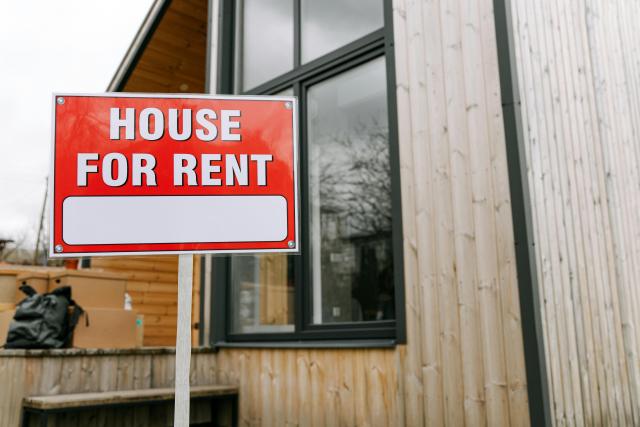The most recent Rental Pain Index (RPI) data for July 2024 highlights the differences between each state.
The significant differences outline the changing levels of rental distress and some signs of pain easing for Australians.
Despite some of the pain easing, the impact of high rents remains a critical issue which affects households across the country.
Victoria saw a modest reduction, dropping from 75.37 per cent to 74.58 per cent in comparison to the whole country which saw Australia undergo a slight increase nationwide in rental pain from 72.25 per cent in June to 72.90 per cent.
The RPI data additionally demonstrates how New South Wales (NSW) saw a slight decrease in the proportion of suburb areas (SA2s) in rental pain, dropping from 72.54 per cent in June to 71.69 per cent in July.
Queensland experienced an increase from 80.98 per cent to 81.22 per cent, indicating more affordability challenges and Western Australia, despite having the highest rental increase rates, showed a decrease in rental pain from 83.74 per cent to 82.76 per cent.
Tasmania recorded significant improvement, reducing extreme rental pain from 29.87 per cent to 27.27per cent, indicating better rental affordability.
Kent Lardner of Suburb Trends commented that despite the break some Australians are facing, overall it is still a rough period for renting Australians.
“While we are seeing early signs of easing rental pressures in some areas, the broader picture remains challenging. States like Queensland are facing significant affordability issues, with over 80 per cent of SA2s in extreme rental pain,” he said.
“The slight improvements in states like Tasmania are promising, but we cannot overlook the fact that high rents are still a burden for many households. Stabilising rents is not enough; we need to see rents falling below 30 per cent of household income to ensure long-term affordability.”
In certain SA3 regions there have been encouraging signs of rental pressures with areas like Jimboomba in Greater Brisbane, seeing high vacancy rates which suggests potential easing of rental pain.
However, high rents continue to be a major concern, especially when they consume over 30 per cent of household income.
“The impact of high rents on household budgets is profound,” Lardner added. “Many families are forced to allocate a substantial portion of their income to housing, leaving little room for other essential expenses. It is crucial for policymakers to focus on reducing rental costs to sustainable levels.”







